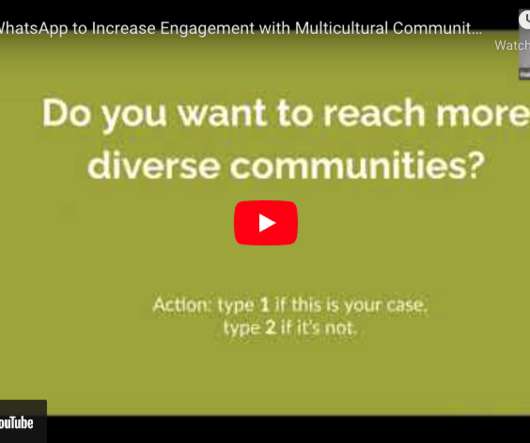Citizen Tech: Social Media in Disaster Response
Amy Sample Ward
FEBRUARY 19, 2011
The first example is Ushahidi – originally designed as a tool for mapping reports of violence in Kenya after the post-election unrest in 2008. The platform would then take their data, map it from their sending location, and create the other visual support data you see on the map. Indirect Content. Examples from Haiti.











Let's personalize your content